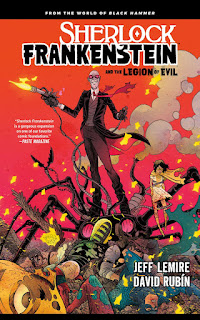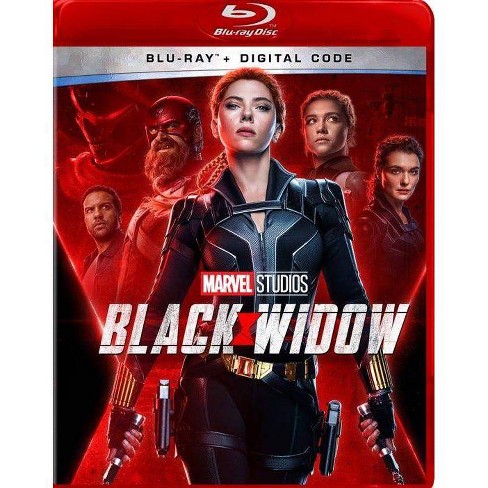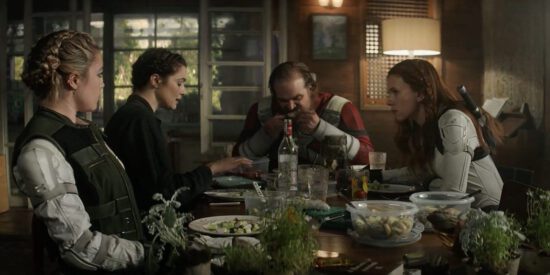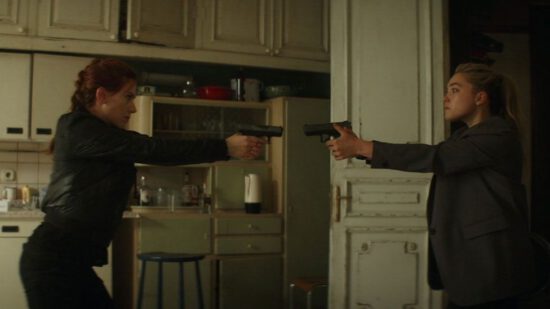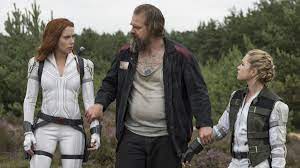REVIEW: Sir Gawain and the Green Knight
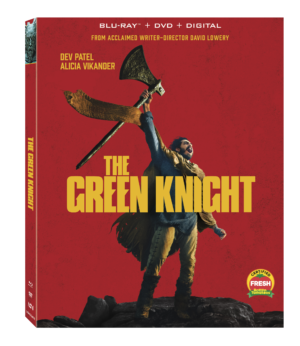
For about a thousand years , people have been writing, in effect, King Arthur fanfic, merging characters, rewriting events, introducing characters, reimagining them in different times and places. As far as historians can tell, there really was an Arthur and as his story was told, it got embellished. And embellished.
As a result, it’s hard to say if writer/director David Lowery did a better or worse job with his vision of the classic tales than anyone else. What I do know is that after teaching Sir Gawain and the Green Knight, his version comes up way short in my expectations.
The film, out on disc and streaming now from Lionsgate Home Entertainment, takes the 14th century epic poem, written by anonymous, and undercuts its themes and message in favor of new themes and messages, none of which I found interesting. The visually compelling film really isn’t very good on storytelling or characterization, other than the title character, which is a shame.
Gawain was Arthur’s nephew, youngest of the knights at the Round Table, his mother is, to most storytellers, Arthur’s half-sister Morgause. To serve as a knight suggests he was already proven a brave, noble knight, a faithful upholder of the code of Chivalry. Therefore, his willingness to take up the Green Knight’s challenge makes perfect sense.
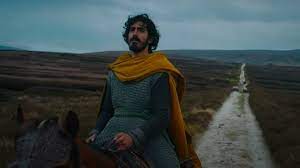
Instead, here, Lowery depicts Gawain (Dev Patel) as a callow youth, a wastrel who drinks and beds his beloved Essel (Alicia Vikander), and shows no aspect of heroism. This, therefore, is a coming of age story, a hero’s journey in the making of man.
The Green Knight (Ralph Ineson), likely an aspect of the pagan Green Man, representing nature (think Swamp Thing), arrives to challenge Arthur (Sean Harris) to the beheading game, a popular trope in the fiction of the day. After Gawain lops off his head, the Knight scoops up the piece, and invites him to his Green Chapel in a year and a day so he may return the favor.
The poem is vague as to what occurs on the ride from Camelot to the Chapel, but it’s certainly more than the six days’ ride Lowery suggests. He uses this interlude to heap misery on Gawain, effectively stripping everything away from him so he can be remade and ready for the confrontation. Along the way he sees giants and is accompanied by a fox, new to the tale.
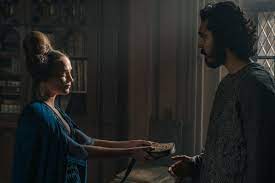
The bulk of the poem is devoted to the three days he spends with Lord (Joel Edgerton) and Lady Bertilak (Vikander) at a castle in the days before his appointment. Here, Bertilak offers him a deal that he will hunt each day and given to Gawain whatever he finds. In exchange. Gawain must give the same to his host.
And over the course of the three days, Lady Bertilak tries to seduce Gawain in more provocative ways, involving less clothing, and each time his chivalry holds out, so he accepts kisses, which he chastely bestows on Bertilak.
The film version warps the timing and growing size of the stakes as there are more kisses and larger game each day. On the final day , in addition to the kisses is the gift of the green girdle for protection, which he does not give to his host.
And despite the gift, he flinches the first time the Green Knight swings his axe. The second blow merely cuts his neck and then the game is revealed. Bertilak is the Knight. He and his lady were working for Morgan Le Fay (Sarita Choudhury), who wanted to undermine the Round Table by showing how even the noblest knight can falter. He returns home in shame, but is forgiven by all, and they adopt green wraps of their own as a reminder of their faith.
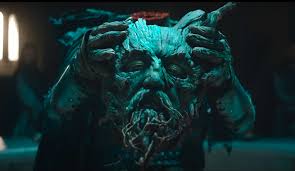
Not so in the film where Le Fay is his mother and she gives him the girdle only for him to lose it before the lady returns it to him. Then there’s a weird fever dream that suggests he will gain the throne but everything will fall.
The message here is muddied, the making of a man a flawed process.
Lowery clearly loves his subject matter and gives us a plausible looking England with a heady mix of magic. If only the writing and characterization so interesting.
Thankfully, the film, in a 4D Ultra HD, Blu-ray, and Digital HD combo pack lets the visuals shine. The 2160p transfer in 1.85:1 is stunning, nicely capturing the colors and shadows. In some cases, the 2160 is only marginally better than the 1080p but here it is markedly improved. Not that the Blu-ray is bad, just the 4K is better.
In both cases, the Dolby Atmos audio track is a lovely complement to the discs.
The film’s special features are so-so which is a shame considering the rich source material that could have been mined. Among the features are Boldest of Blood & Wildest of Heart: Making The Green Knight (35:23); Practitioners of Magic: Visual Effects (14:39); Illuminating Technique: Title Design (17:53), which is interesting given the chapter breaks we get; and the Theatrical Trailer (2:28).



































